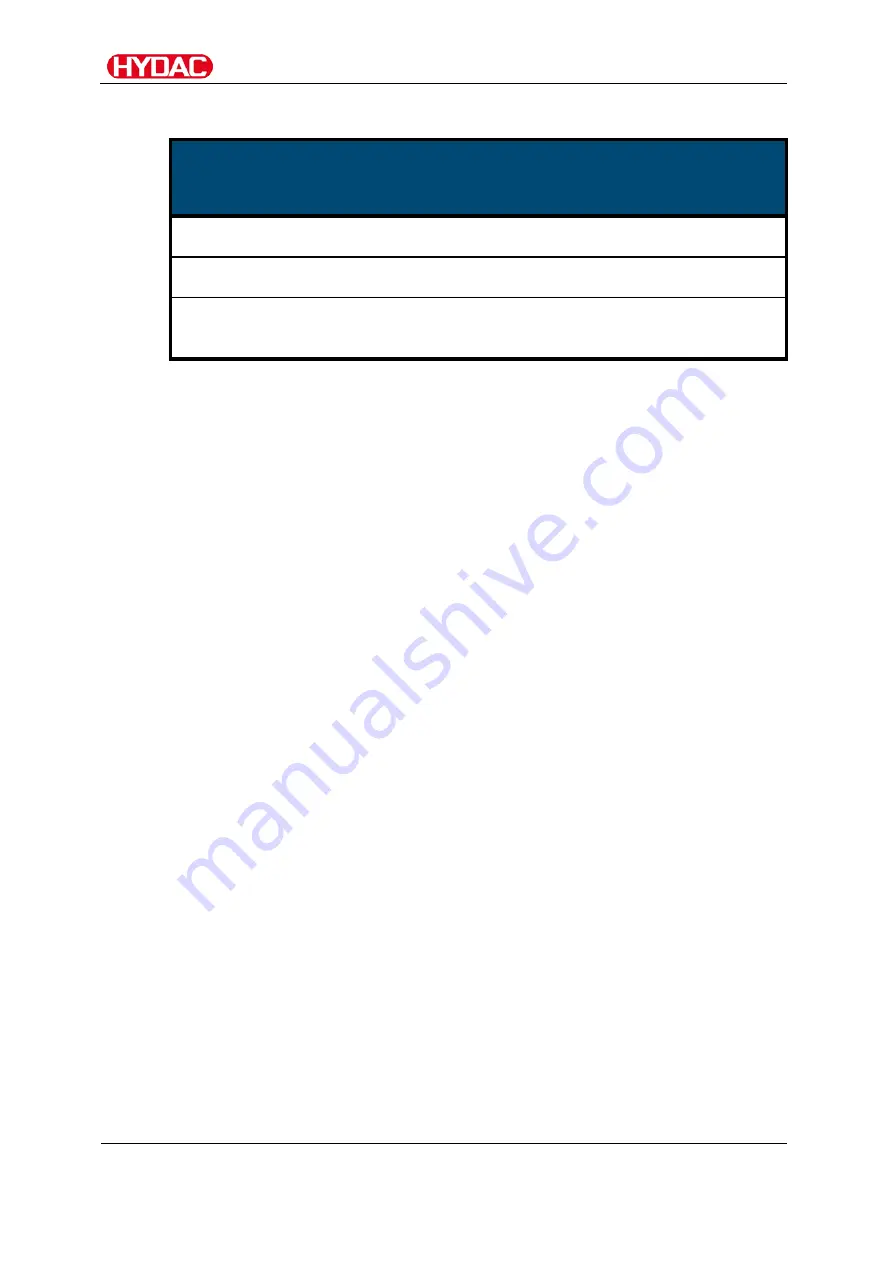
Unit setup and connection
FAM 10, Instructions, part 1/2
en-US
Page 33 / 72
BEWA FAM10-15 1-2 4170097b en-us 2018-05-23.docx
2018-05-23
Notes on pipes and hoses
NOTICE
Non-permitted pressure at the inlet IN / outlet OUT
Failure malfunction
►
Determine the pressure to be anticipated at the inlet/outlet with the
prescribed values.
Note that the cross-section of the connected hoses/piping must be at least as
large as the cross-section of the inlet/outlet port sizes.
In order to keep the pressure loss as low as possible, use as few screwed
fittings as possible. Connect all connectors to the unit without initial stress.
The pressure at the inlet P
e
/ outlet P
a
depends on the height differential
between the FAM fluid surface in the tank port (aspiration height
∆
P
(height)
)
and the line losses (
∆
P
(line)
).
If the FAM is above the fluid surface in the tank, determine the pressure as
follows:
P
e
= -
∆
P
(height)
-
∆
P
(line)
P
a
= -
∆
P
(height)
+
∆
P
(line)
If the FAM is below the fluid surface in the tank, determine the pressure as
follows:
P
e
= +
∆
P
(Height)
-
∆
P
(Line)
P
a
= +
∆
P
(height)
+
∆
P
(line)
Caution: P
e perm
/P
a perm
refers to the inlet/outlet FAM without hose.
The respective values for P
e perm
/P
a perm
can be found in the technical data on
page 62.
Estimate the pressure loss
∆
P
(height)
as follows:
∆
P
(height)
[bar] = h/10.
Here, h refers to the distance between the inlet (IN) / outlet (OUT) on the
FAM and the fluid surface in the tank
The pressure differential in a hydraulic line (
∆
P
(line)
) depends on the
following:
•
Flow rate
•
Kinematic viscosity
•
Pipe dimensions
•
Fluid density






























